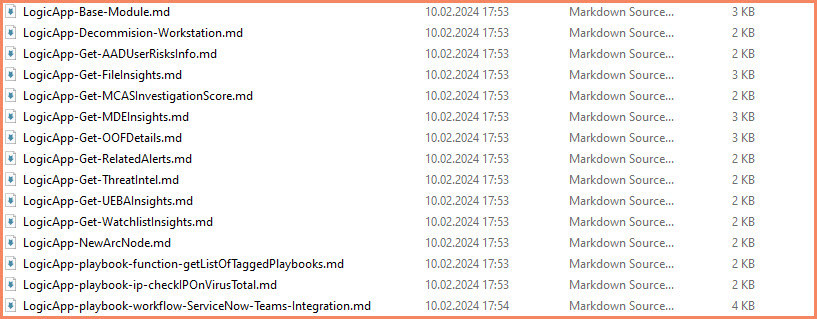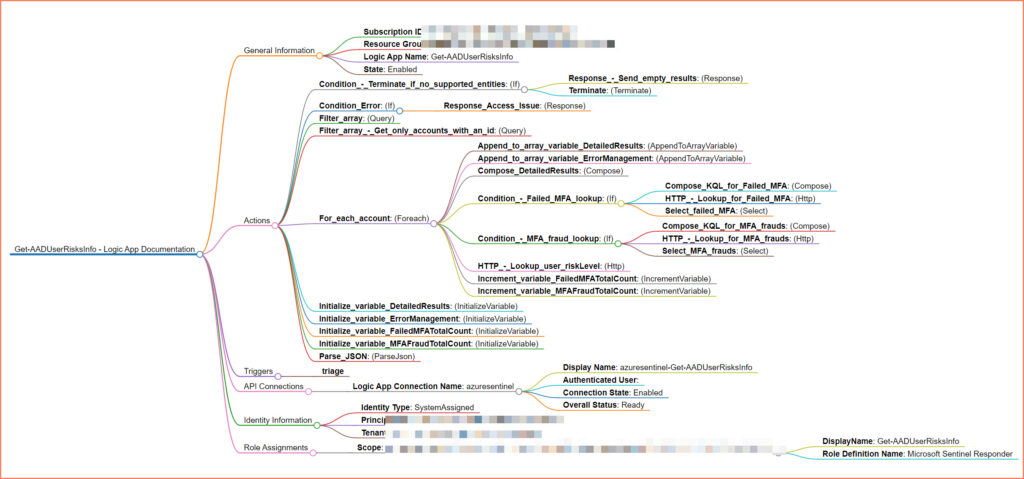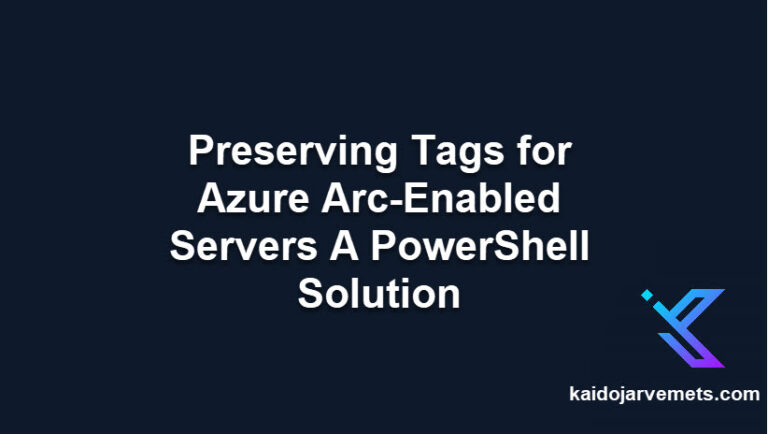Introduction
In the fast-paced world of cloud computing, managing and documenting configurations can often feel like trying to catch smoke with your hands. This is especially true for Azure Logic Apps, Microsoft’s cloud-based service enabling developers to automate workflows without writing a single line of code. As convenient as Logic Apps are for setting up automated tasks, documenting their configurations manually is neither straightforward nor efficient. The dynamic nature of cloud environments, coupled with the complexity of Logic Apps’ integrations and workflows, presents a significant challenge: ensuring documentation is not only accurate and up-to-date but also consistent across the board.
The manual process of documenting Azure Logic Apps involves navigating through various components, actions, and connections, and then translating these details into a format that’s accessible and understandable. This method is time-consuming, prone to human error, and can quickly become outdated, as Logic Apps evolve over time. In an era where agility and speed are of the essence, the need for an automated, reliable, and efficient way to manage documentation has never been more critical. It’s here, at the intersection of necessity and innovation, that the idea of automating the documentation process for Azure Logic Apps configurations was born, aiming to revolutionize how we approach documentation in cloud computing.
The Why
The decision to tackle the challenge of manually documenting Azure Logic Apps was driven by a clear recognition of the inefficiencies and potential for error inherent in the status quo. The manual process was not only cumbersome but also increasingly untenable in a cloud computing landscape characterized by rapid development and deployment cycles. The pursuit of a solution was motivated by several key benefits automation could bring to cloud management tasks, particularly in the context of documenting Logic Apps.
- Efficiency: The foremost goal was to drastically reduce the time and effort required to document Logic Apps. Automation promises to streamline the entire process, from data extraction to the generation of documentation. By automating, we could free up valuable resources, allowing teams to focus more on innovation and less on administrative tasks. The ability to quickly and effortlessly document Logic Apps would not only accelerate development cycles but also enhance operational agility.
- Accuracy: Manual documentation is fraught with the risk of human error. Typos, omissions, and inaccuracies can lead to confusion, misconfiguration, and even system failures. By automating the documentation process and extracting data directly from the Azure environment, we could significantly minimize these risks. Automation ensures that the documentation reflects the true configuration of the Logic Apps, providing a reliable source of truth for developers and administrators alike.
- Consistency: Another critical aspect of documentation is consistency. Disparate formats and levels of detail across documents can make it difficult to find information and understand system configurations. Automation allows for the standardization of documentation formats, ensuring that all Logic Apps are documented uniformly. This consistency makes it easier to navigate and understand the documentation, improving the overall efficiency of cloud management.
- Scalability: As organizations grow and their use of cloud services expands, the task of manually documenting each Logic App becomes increasingly unmanageable. Automation scales effortlessly with the cloud environment, making it possible to maintain up-to-date documentation regardless of the number of Logic Apps in operation. This scalability is essential for maintaining oversight and control over complex cloud environments, ensuring that documentation keeps pace with growth and change.
The Solution: Build-LogicAppsMarkDown
In response to the pressing need for a more streamlined, accurate, and scalable approach to documenting Azure Logic Apps, the Build-LogicAppsMarkDown PowerShell function was developed. This solution automates the generation of comprehensive Markdown documentation for Logic Apps, addressing the core challenges identified in manual documentation processes.
The Build-LogicAppsMarkDown function operates by dynamically extracting critical data directly from Logic Apps configurations within the Azure environment. It meticulously gathers and organizes key details into a structured Markdown document, covering essential aspects such as:
- General Information
- Captures foundational details of the Logic App, including subscription ID, resource group name, and the app’s operational state.
- Actions
- Enumerates the actions configured within the Logic App, outlining the automated tasks it performs.
- Triggers
- Details the triggers that initiate the Logic App’s workflows, providing insight into the app’s operational logic.
- API Connections
- Documents the external connections that the Logic App utilizes, including connections to services like Office 365 and SharePoint Online.
A significant enhancement of the Build-LogicAppsMarkDown function is its integration with the Azure Resource Graph. This integration allows the script to fetch and document detailed information about each API connection used by the Logic App. By leveraging the Azure Resource Graph, the function can access up-to-date information about connection states, authenticated users, and overall connection statuses. This capability enriches the documentation with valuable insights into the Logic App’s interactions with external services, offering a more complete view of its configuration and dependencies.
Download (Premium Members Only)
Conclusion
The Build-LogicAppsMarkDown script has markedly improved the management of Azure Logic Apps by automating the creation of detailed, accurate, and up-to-date documentation. This tool not only simplifies documentation tasks but also enhances operational visibility and control over Logic Apps configurations. The benefits of time savings, improved documentation accuracy, and simplified maintenance are just the beginning. As cloud environments continue to grow in complexity and scale, the importance of such automation in cloud management and documentation will only increase.







